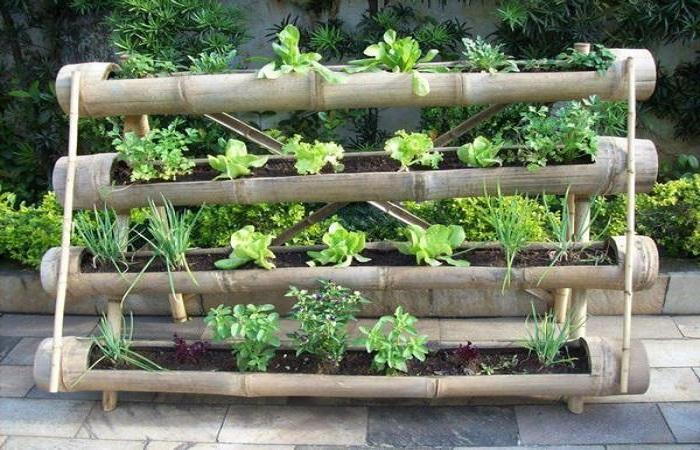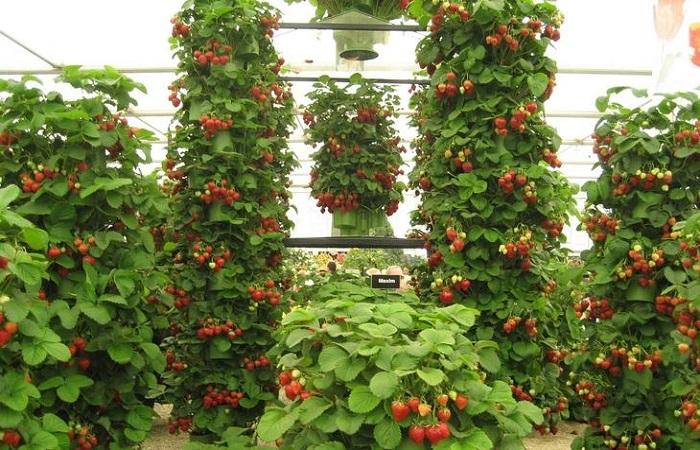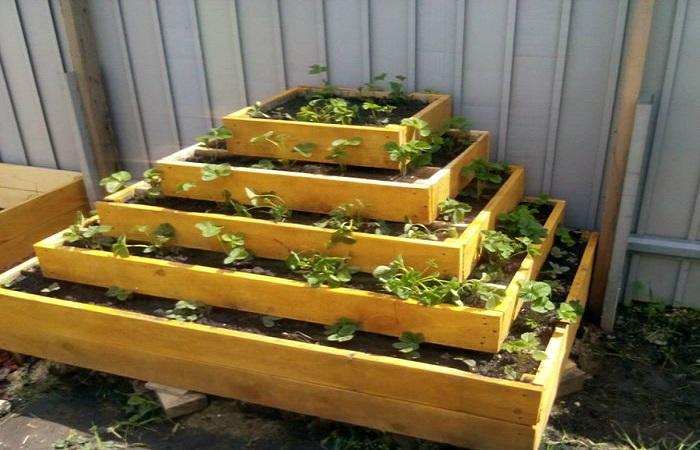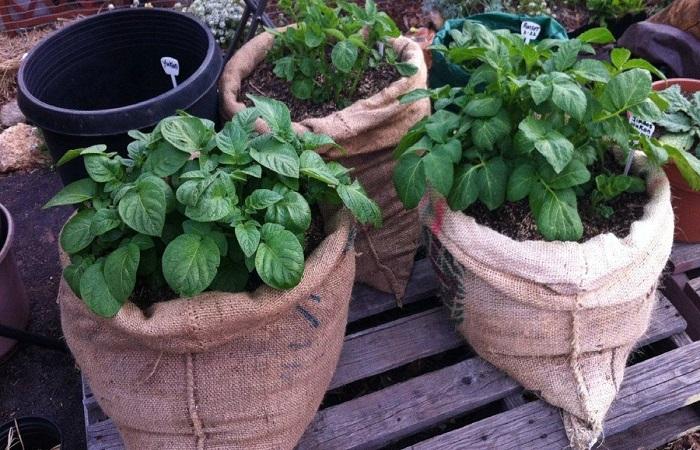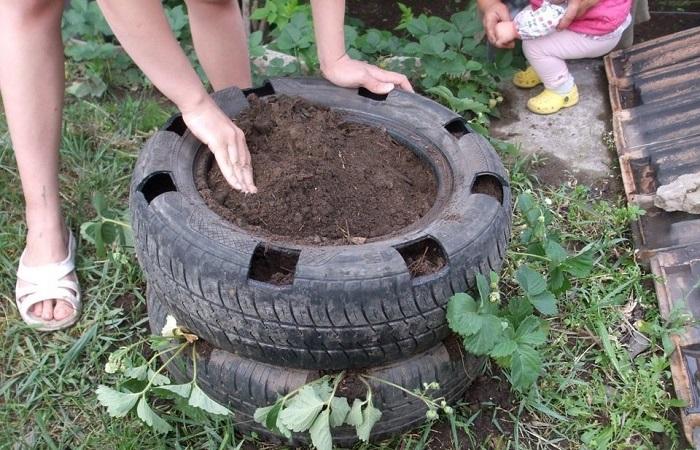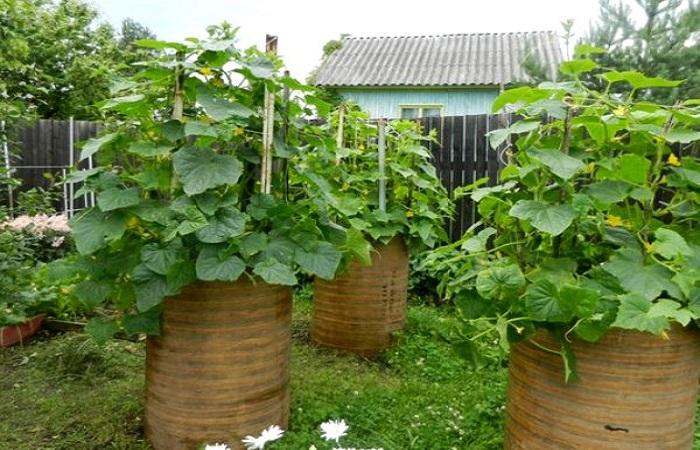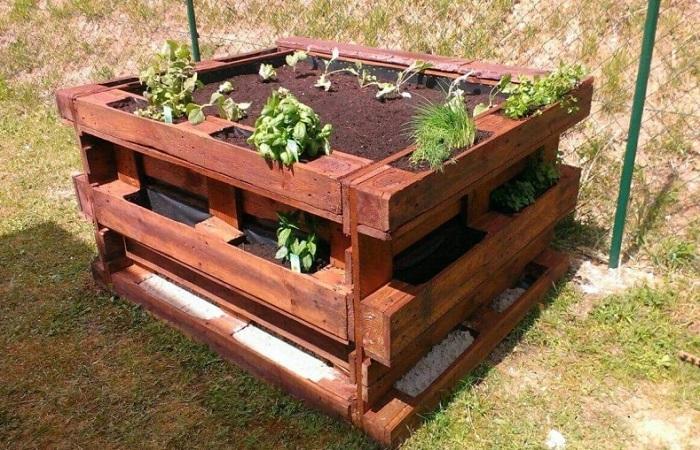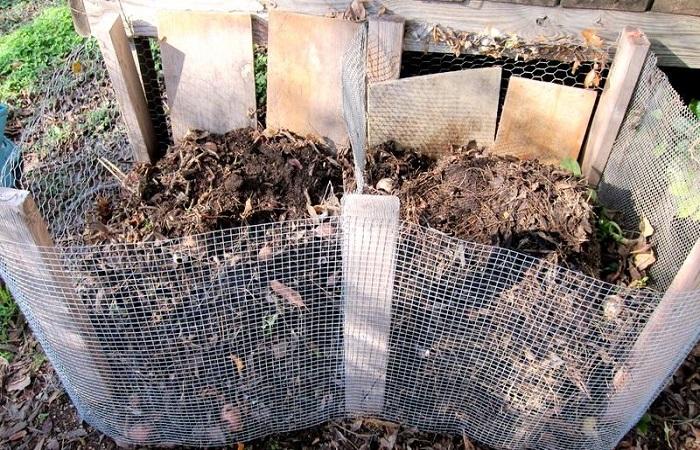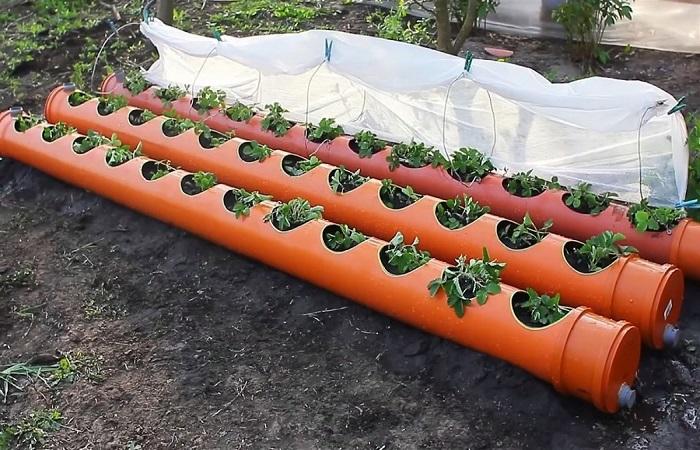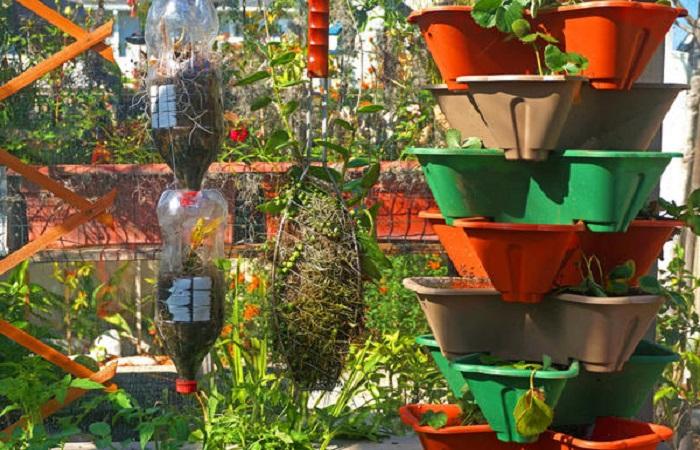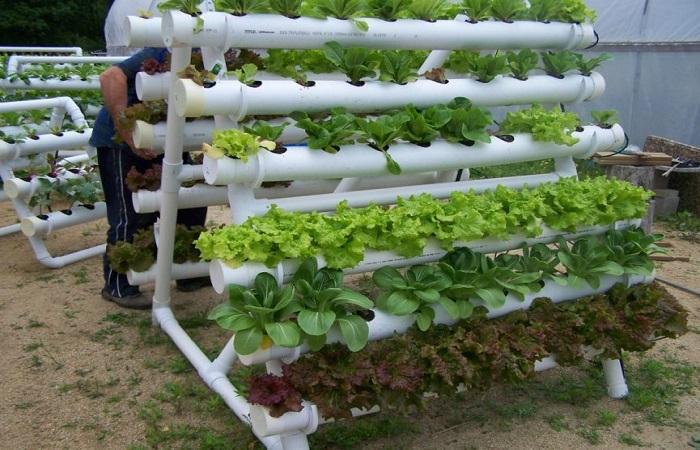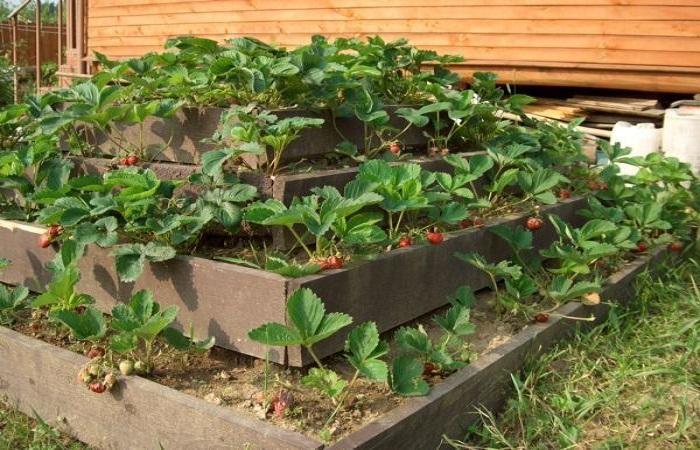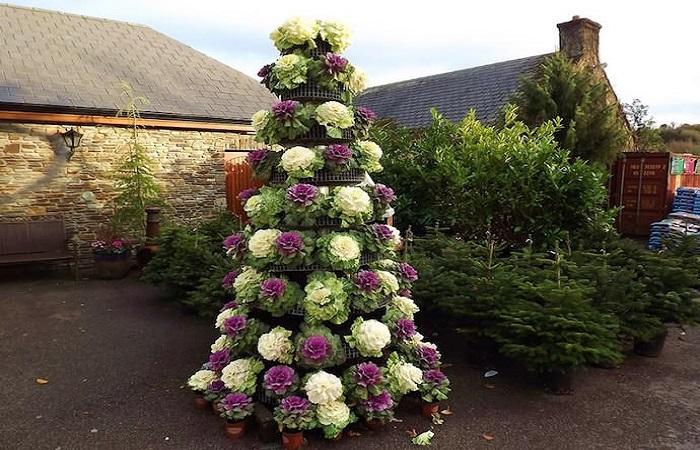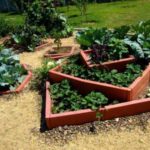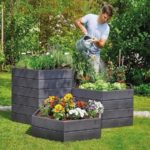The construction of vertical beds has a number of features. They are made from various materials and objects - barrels, pipes, bags, car tires, metal mesh. Such structures are suitable for growing different plants - vegetables, berries, flowers. In order for the use of beds to be successful, it is important to think through all the nuances and carry out planting work correctly.
- What can you grow in vertical beds?
- Advantages and disadvantages
- Overview of species
- Multi-tiered
- Hanging
- Pyramid
- Manufacturing instructions
- From bags
- From tires
- From a barrel
- From old pallets
- Made from metal mesh
- From pipes
- From boards
- From plastic boxes
- From pots
- Specifics of vertical beds
- For vegetables
- For greenery
- For berries
- For flowers
- How to cover?
What can you grow in vertical beds?
Vertical beds are not recommended for crops that have strongly developed roots and go deeper than 1 meter. It is best to use them for different types of greens - lettuce, basil, onions. The structures are also suitable for growing annual flowers with small roots. These include petunia, small marigolds, ageratum, and dwarf asters.
This type of bed is also suitable for strawberries and wild strawberries. However, in this case they need to provide a sufficient amount of soil in the container.
Advantages and disadvantages
The key advantages of such structures include the following:
- lack of contact of fruits with the ground;
- minimal risk of fungal development;
- absence of weeds;
- protection of cultivated plants from parasites;
- the ability to move to a warm place for the winter;
- decorative appearance;
- ease of care.
At the same time, vertical structures also have certain disadvantages:
- need for frequent watering;
- the possibility of using beds only for small plants;
- need for systematic feeding;
- the need for insulation of beds when growing perennials.
Overview of species
There are many varieties of vertical beds, each with their own pros and cons.
Multi-tiered
This is a simple structure that helps save space on the site and makes it easier to care for plants. It can be used to decorate areas near stairs, sheds, and garages. The different levels allow you to take into account the differences in the needs of the selected plants. It is permissible to plant tomatoes, cucumbers and peppers on top, and carrots and beets below.
For the manufacture of multi-level structures, it is allowed to use a variety of materials. Suitable options are boxes, boards, and slate.It is also permissible to use bricks and curb tape.
Hanging
The key advantage of such structures is the ability to place them at any height. The structures can be easily removed for the winter. Most often they are used for growing petunias and pelargoniums.
The walls of houses, sheds, and garages are used as support. Fences and special racks are also used for this. Then containers of different volumes and weights are suspended from the supporting structures. You can make suspended structures from tires, drainage systems, thick sewer pipes, and large plastic bottles.
Pyramid
Such beds do not require additional support. Pyramid designs save a lot of space. In addition, such structures can be used as decorative elements. Tires of different diameters are perfect for making pyramid structures.
Manufacturing instructions
To make vertical beds, you can use a variety of available materials.
From bags
To make a garden bed with your own hands, you should use bags stitched on the sides and bottom. To do this, they need to be fixed with hooks or nails on a wooden or metal support. It is worth pouring soil inside and placing seeds on the sides.
From tires
To build a bed, it is permissible to use tires of different diameters. It is recommended to install them on top of each other in the form of a pyramid. In this case, the structure should be used for growing exclusively ornamental plants.
From a barrel
To implement this option, you need to take a plastic or wooden barrel. It is recommended to make holes measuring 15 centimeters on the sides. It is worth pouring soil inside, and then moving on to planting work.
From old pallets
You can make a bed using a pallet, agrofibre and burlap. The inside of the pallet should be lined with burlap, and the top should be covered with agrofibre. After which it is recommended to place it vertically, pour soil inside, make holes and plant plants.
Made from metal mesh
For this design, it is recommended to take a mesh with cells of 50x50 or 100x100 millimeters. It should be rolled into a cylinder with a diameter of 70-100 centimeters. It is recommended to pour straw inside and lay soil in the center. After which you can place seeds, tubers or bulbs into the cells.
From pipes
Pipes can be placed horizontally or vertically. In the first case, they need to be cut into 2 parts and installed on top of each other. This method is suitable for growing greens, flowers, and herbs. When placed vertically in pipes, it is worth cutting round holes at intervals of 15-20 centimeters, filling them with soil and placing seeds or tubers inside.
From boards
Such a structure can be made in the form of a ladder, a pyramid or a shelf. Assembling a bed is not difficult. To do this, you need to take the support boards, cut off the top corners from them and lean them against the central post. After assembling the main frame, attach shelf boards.
From plastic boxes
This method allows you to create a beautiful green fence, zoning an area or covering unsightly areas. To implement this, it is recommended to fill plastic boxes with soil, turn them on their sides and stack them on top of each other. Plant seeds or seedlings in the prepared holes.
From pots
Such structures are mainly used for growing herbs and flowers. In this case, you can make a pyramid from the pots or place them at an angle on a steel support.
Specifics of vertical beds
Vertical beds can be used for growing various plants. In each specific case, their use has certain specifics.
For vegetables
Such structures are suitable for growing cucumbers and tomatoes. For this, it is recommended to use containers with a volume of 20 liters. Thick black bags would be a suitable option. It is also permissible to use burlap or barrels.
For greenery
Since the soil in vertical beds warms up quickly, they can be used for planting early greenery. Plants with a small root system do not require large containers. Therefore, it is permissible to plant them in burlap pockets, boxes, and flowerpots.
For berries
High beds are perfect for growing berry plants - strawberries and wild strawberries. The length of their roots does not exceed 20-25 centimeters. Therefore, a 2-liter container will be sufficient for each bush. An excellent option would be pots of suitable sizes. It is recommended to place them on multi-tiered racks in well-lit areas.
For flowers
To grow in vertical beds, you should choose hanging plants that have a long flexible stem. Such crops are usually fast-growing annual plants that bloom profusely throughout the summer.
Suitable options for vertical beds include the following:
- begonia - does not like hot weather and needs frequent watering;
- geranium - needs warmth and sun, is resistant to drought;
- lobelia - loves sun and slight shade, needs moist soil with a high content of nutrients;
- bacopa is a perennial with white flowers that decorate the bushes throughout the summer.
How to cover?
In winter, pots or boxes may freeze to the very base. Most often, it is recommended to remove them from vertical structures, lay them on the ground and cover them with spruce or coniferous spruce branches. More bulky structures can be covered with spunbond.

